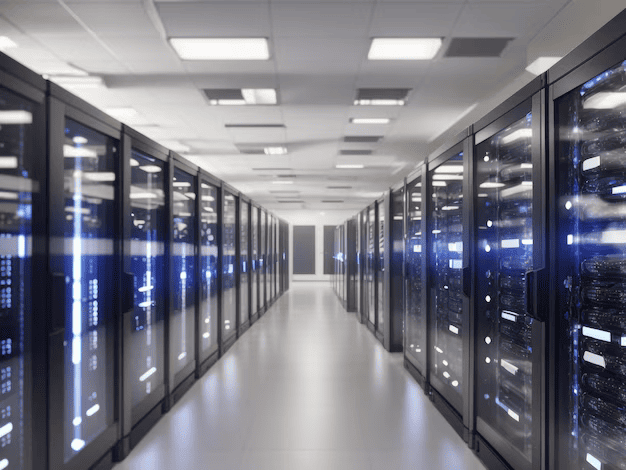Imagine walking into a sleek glass building. You nod at the security guard, tap your badge, and step into an elevator. Within seconds, you’re whisked 20 stories into the sky. But have you ever wondered what it takes to make that journey feel effortless — or why you always face the door instead of each other?
Elevators are one of the most transformative yet underappreciated inventions of modern urban life. This blog lifts the veil on the history, science, psychology, and silent choreography behind the world’s most used form of vertical transport.
A Brief History of Going Up
Before the elevator, buildings rarely reached more than six stories. People didn’t want to climb. Early elevators existed in mines and mills, powered by ropes, pulleys, or steam. But the game changed in 1853 when Elisha Otis demonstrated a safety elevator that wouldn’t fall if the hoisting rope broke. He performed this at the New York World’s Fair by standing on a platform, slicing the rope, and staying perfectly still.
That demonstration sparked confidence in vertical travel. By the 1870s, passenger elevators began appearing in department stores and offices, changing real estate forever. What was once the least desirable top floor became the luxurious penthouse.
The Engineering Marvel
Elevators operate on a balance system. Most use steel cables attached to a counterweight and motor. When you press a button, the elevator’s logic system calculates where you are, where others are going, and which cab should respond.
Modern elevators use traction motors, sensors, AI-powered destination dispatch, and regenerative braking. Some of the fastest — like those in the Burj Khalifa or Shanghai Tower — travel over 20 mph. At those speeds, pressure differences are so intense that vents must regulate cabin airflow to prevent ear popping.
The reliability standard for elevators is remarkable. They complete over 18 billion passenger trips a year globally, with failure rates near zero. They’re so safe, you’re more likely to get injured by a folding chair than a lift.
Behind the Curtain: Elevator Technicians
Every city has a fleet of people responsible for inspecting, maintaining, and repairing elevators. These technicians work in tight shafts, often at extreme heights or below basement levels. A single high-rise may have 30+ elevators, each requiring regular checks.
Technicians test load weights, cable tension, brake function, and digital controllers. During a power outage or emergency, they’re the ones prying open stuck doors or descending through rooftop hatches to reach passengers.
Their work is invisible but critical. A single glitch in the system could delay thousands during rush hour or compromise emergency access.
Vertical Living and Urban Density
Without elevators, skyscrapers — and urban density — would not exist. Elevators freed cities from the horizontal sprawl. They made it possible for real estate developers to build up, not out, conserving land and centralizing commerce.
As of 2024, over 50% of the global population lives in urban areas, many in vertical housing. In Tokyo, Seoul, and New York, the elevator isn’t just a tool — it’s a social layer. It’s the space where neighbors nod, small talk sparks, and status sometimes surfaces.
The Psychology of the Lift
Ever notice how everyone turns to face the door? Or avoids eye contact?
The elevator is a liminal space — public yet private, transient yet intimate. It triggers specific social behaviors:
- People often use silence to avoid awkwardness.
- Eye contact is minimized to reduce perceived threat.
- Personal space is fiercely defended, especially in crowded lifts.
A famous 1962 social experiment by ASCH and Bales showed how people conform inside elevators. When confederates turned to face the back wall, unaware passengers followed. Elevators are a microcosm of behavioral psychology.
Innovations: The Smart Elevator Era
Today, elevators are getting smarter. Touchless panels, voice commands, facial recognition, and real-time data analytics are redefining how we ride.
Destination dispatch systems ask you to select your floor before entering, grouping passengers with similar destinations. This reduces wait and travel time.
Some systems even sync with building security. If you scan into the lobby with your badge, the system already knows where to take you.
And in residential buildings, apps can call the elevator remotely so it’s waiting when you exit your apartment.
The Challenge of Elevator Inequality
Interestingly, elevator access has also revealed social divides. In some buildings, service elevators are used to segregate workers from residents. Luxury high-rises in cities like Mumbai and São Paulo have been criticized for “poor doors” — separate entrances and lifts for lower-income residents.
As cities grow more vertical, elevator equity will become a larger conversation. Who gets to go up, and how comfortably?
Elevators in Pop Culture and Fiction
From Willy Wonka’s magical glass lift to elevator horror scenes in thrillers, elevators occupy a special place in our imagination. They symbolize elevation, transition, claustrophobia, and even rebirth. Elevator scenes in films often force characters into tight proximity — sparking conflict, romance, or revelation.
Even in the workplace, the term “elevator pitch” refers to a concise, compelling proposal — short enough to deliver during an elevator ride.
Final Thoughts: The Vertical Thread of Civilization
We often romanticize roads, railways, and bridges, but the elevator might be the quietest revolution in infrastructure. It connects floors and futures. It enables the skyline. It democratizes access — or reflects where inequality persists.
So the next time you ride one, take a moment to appreciate the design, engineering, and invisible labor behind the smooth hum and gentle lift. Elevators are more than machines — they are the vertical thread that holds our modern civilization together.

